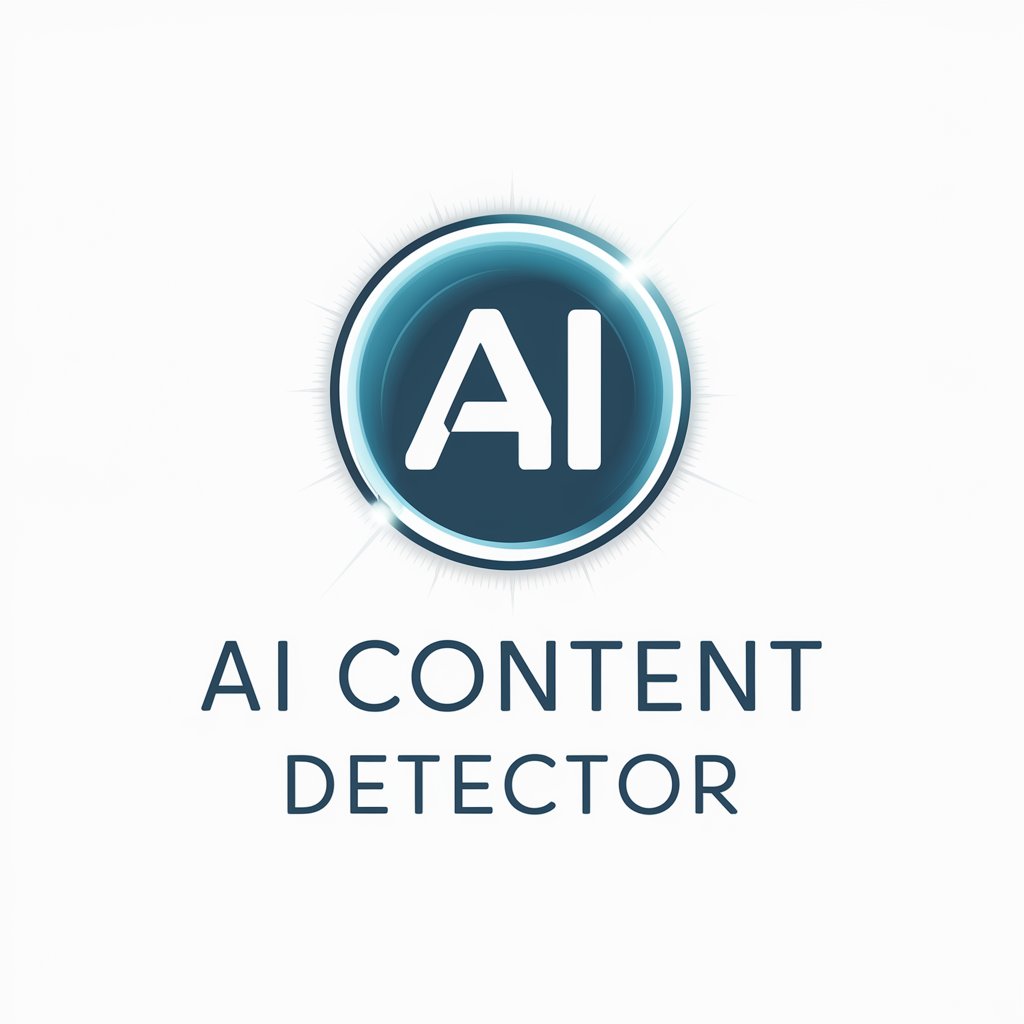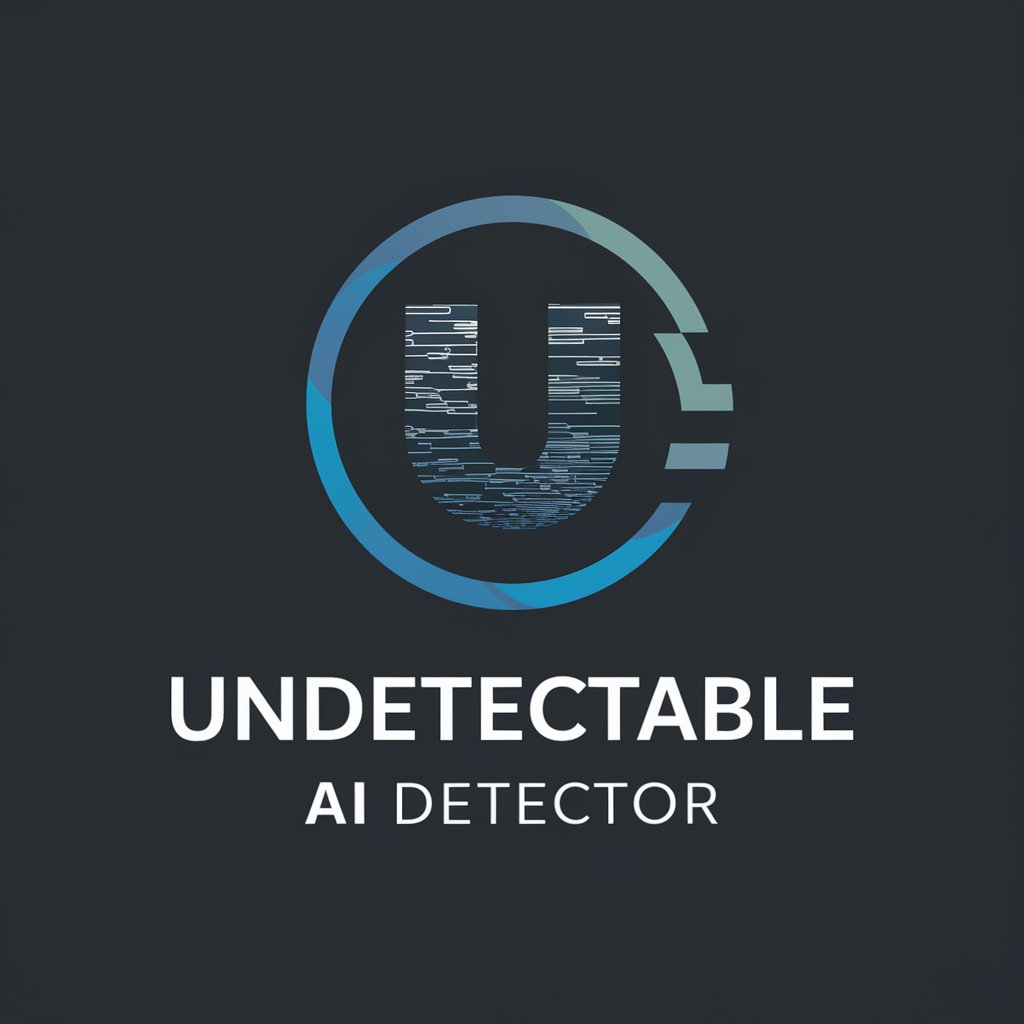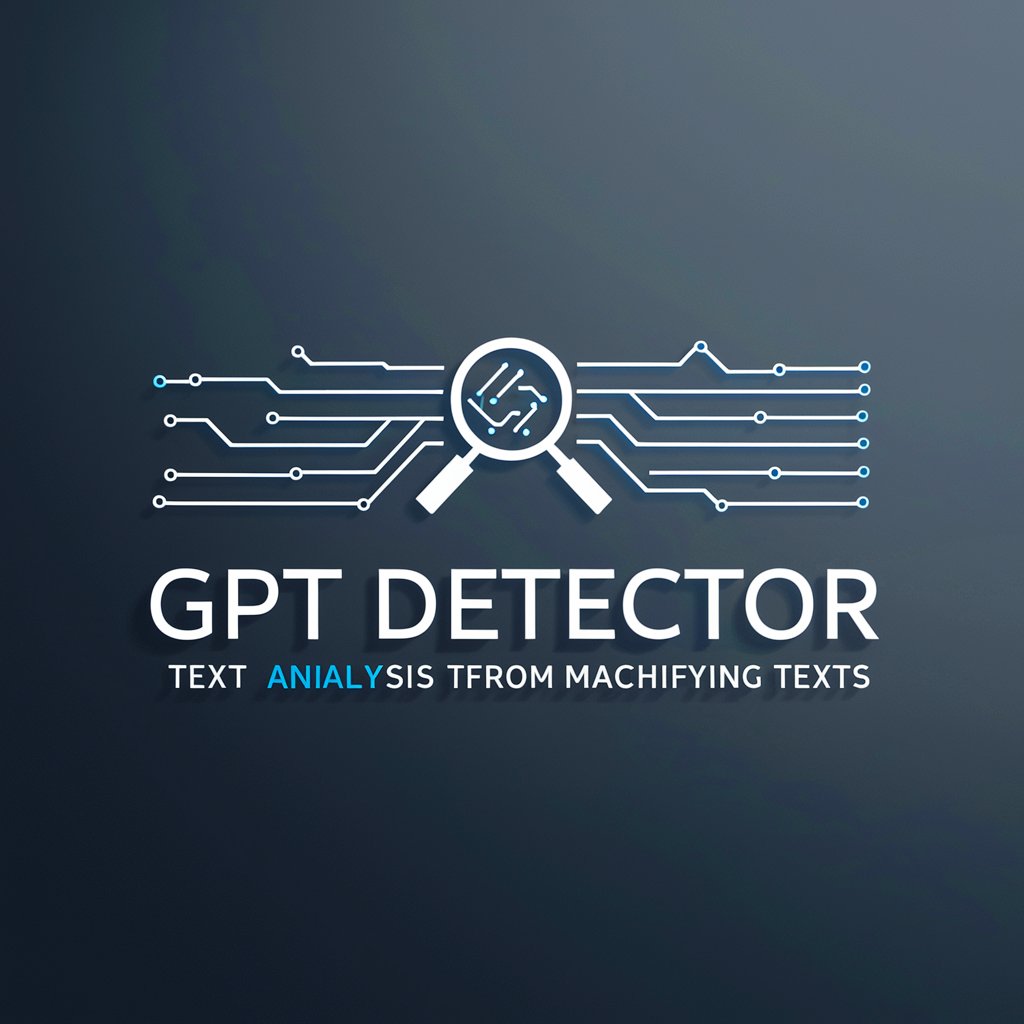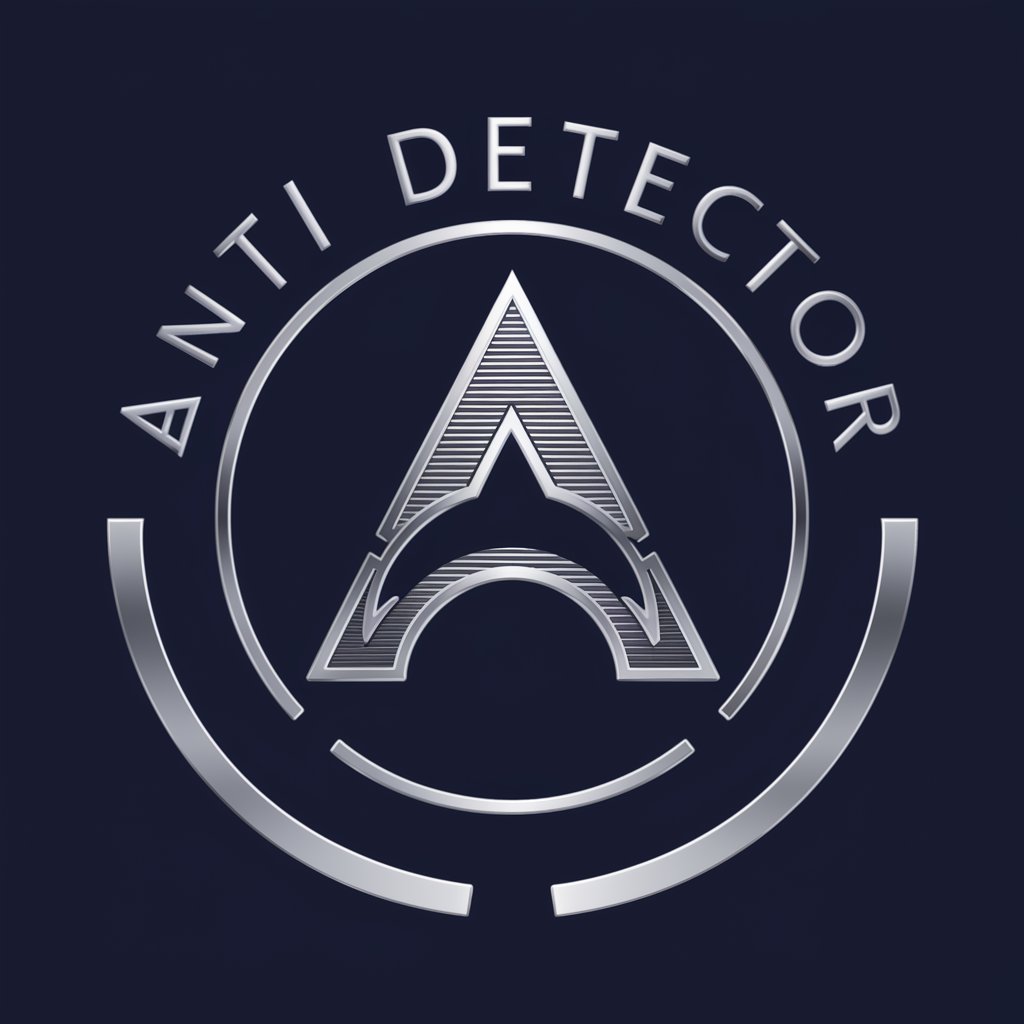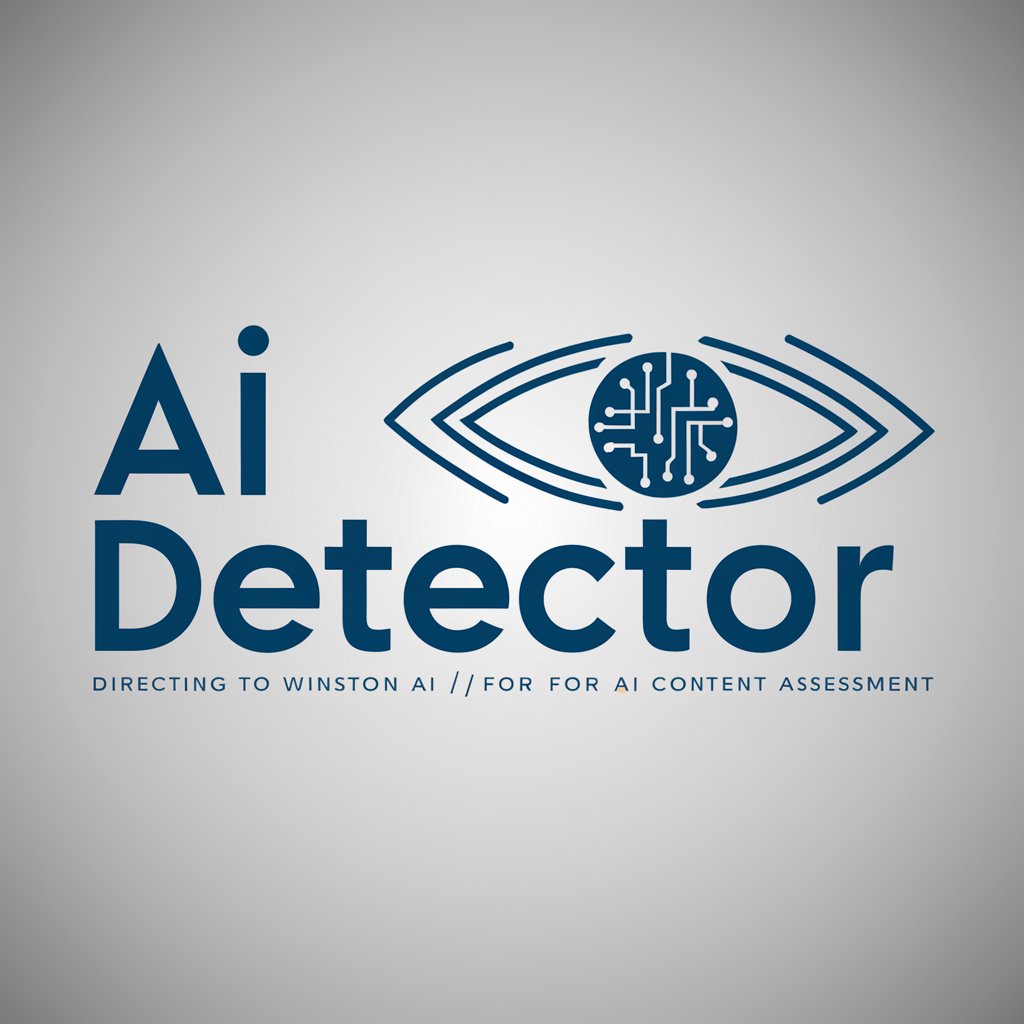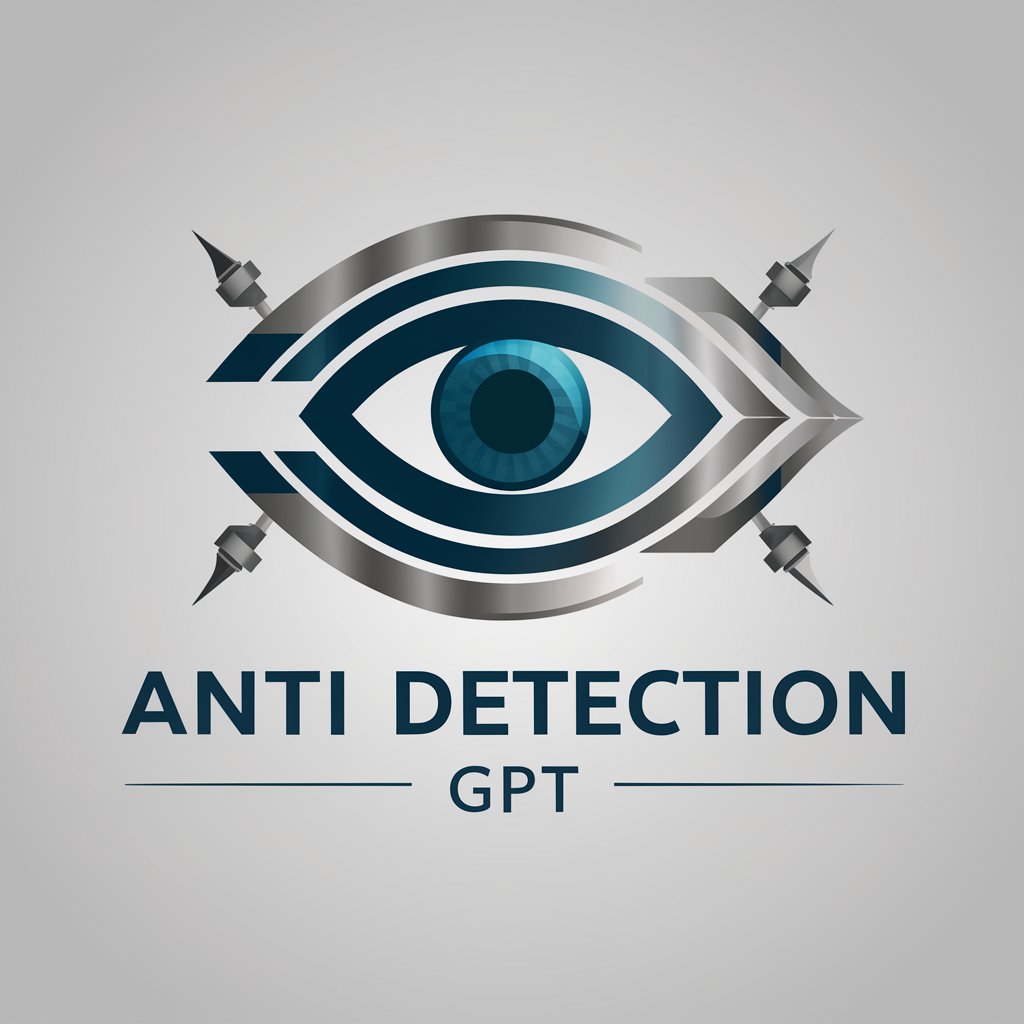
Digital Content Detection - AI Content Analysis
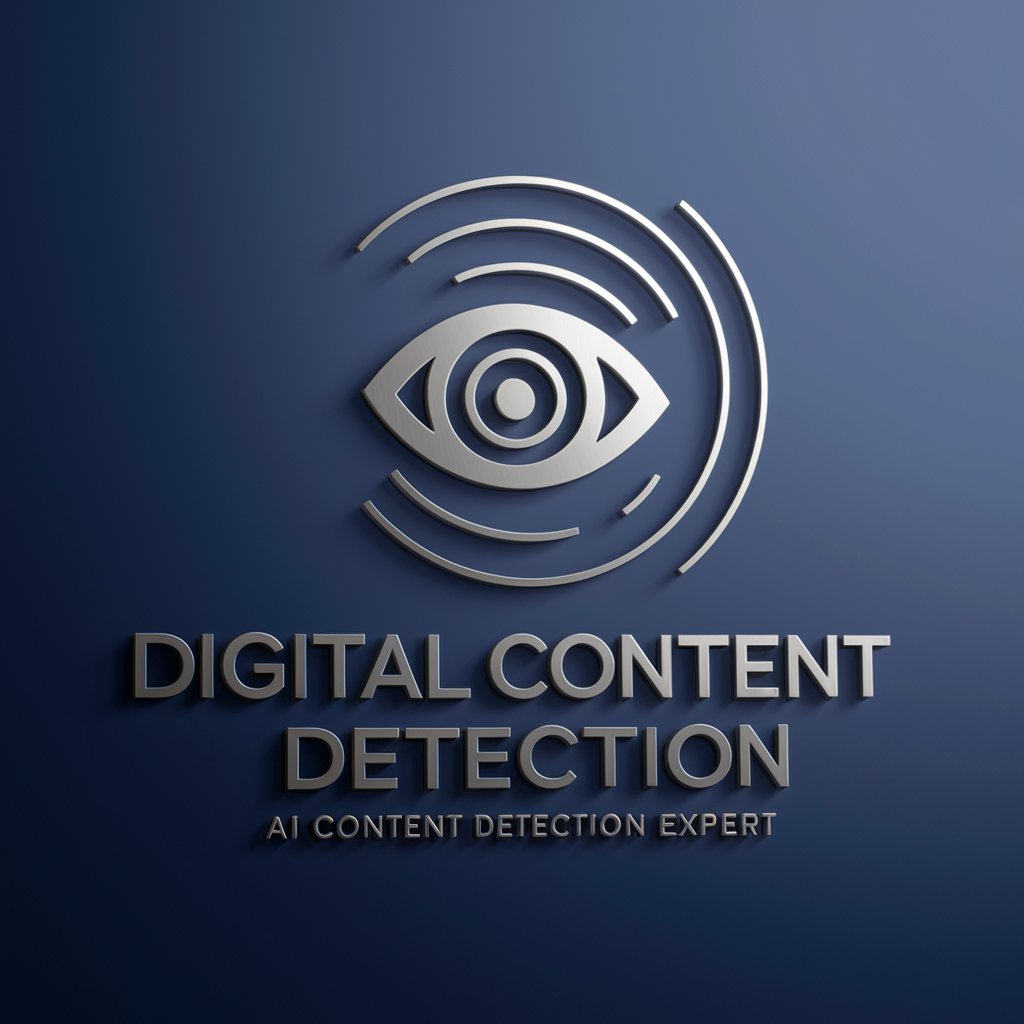
Welcome to Digital Content Detection.
Empowering Authentic Content with AI
Analyze the text for...
Determine the likelihood that...
Identify patterns in the...
Provide a confidence score for...
Get Embed Code
Understanding Digital Content Detection
Digital Content Detection is an advanced AI-driven tool designed to discern between content generated by humans and that produced by artificial intelligence. Leveraging state-of-the-art algorithms in natural language processing and machine learning, it analyzes textual inputs to identify linguistic patterns, anomalies, and stylistic markers that distinguish AI-generated content from human-written texts. For example, AI-generated content often exhibits certain predictabilities, such as repetitive phrasing or a lack of nuanced emotional depth, which this tool can detect. Conversely, human-generated content typically contains unique idiomatic expressions, complex emotional undertones, and irregularities that AI tends to overlook. By examining these and other factors, Digital Content Detection provides users with a confidence score indicating the likely origin of the content, enabling a clear understanding of its provenance. Powered by ChatGPT-4o。

Core Functions of Digital Content Detection
Pattern Analysis and Comparison
Example
Detecting overly consistent use of grammar and syntax typical for AI-generated texts.
Scenario
A news agency uses the tool to verify the authenticity of articles submitted by freelance writers, ensuring the content is original and human-produced.
Confidence Scoring
Example
Assigning a score to a piece of content based on the likelihood of it being AI-generated.
Scenario
An academic institution employs the tool to screen research papers, distinguishing between student-authored work and content potentially generated by AI tools.
AI Content Generation Trend Awareness
Example
Keeping up with the latest developments in AI content generation to refine detection capabilities.
Scenario
A content moderation platform integrates the tool to continually adapt its moderation algorithms, effectively identifying and managing AI-generated spam or misleading information.
Target User Groups for Digital Content Detection
Content Publishers and Media Houses
These entities benefit from ensuring the authenticity and human origin of their publications, maintaining credibility and adhering to journalistic standards.
Academic Institutions
Schools and universities can use the service to detect plagiarism and ensure that students submit original work, upholding academic integrity.
Online Platforms and Social Media
These platforms require tools to combat the spread of AI-generated fake news, misinformation, and spam, protecting users and promoting truthful content.

How to Use Digital Content Detection
Start with a Free Trial
Begin by visiting yeschat.ai to access a free trial without the need for login credentials, nor a subscription to ChatGPT Plus.
Upload Your Content
Upload the text content you wish to analyze. The platform supports a range of file formats for ease of use.
Select Detection Settings
Choose the specific parameters for content detection based on your needs, such as sensitivity level and type of content.
Analyze the Content
Initiate the analysis. The tool uses advanced algorithms to differentiate between human and AI-generated content.
Review the Results
Examine the detailed report provided, which includes a confidence score on the content's origin. Use this to make informed decisions.
Try other advanced and practical GPTs
Policy Documents Navigator
Empowering Research with AI-Powered Policy Insights

Email Assistant
Craft Professional Emails Instantly with AI

Poweer Headlines by Uply Media Inc
Craft Engaging, SEO-Optimized Headlines Instantly

Mentorify
Empowering businesses with AI-driven insights

Concepts of Biology
Empowering Biology Learning with AI

Laravel Expert
Optimized Laravel code at your fingertips.

The Success Toolkit
Empower Your Success with AI

SNARK-E
Bringing Wit to AI Conversations

IaC Architect
AI-Powered Cloud Security Solutions

Art Essence Analyst
Decoding Art's Essence with AI
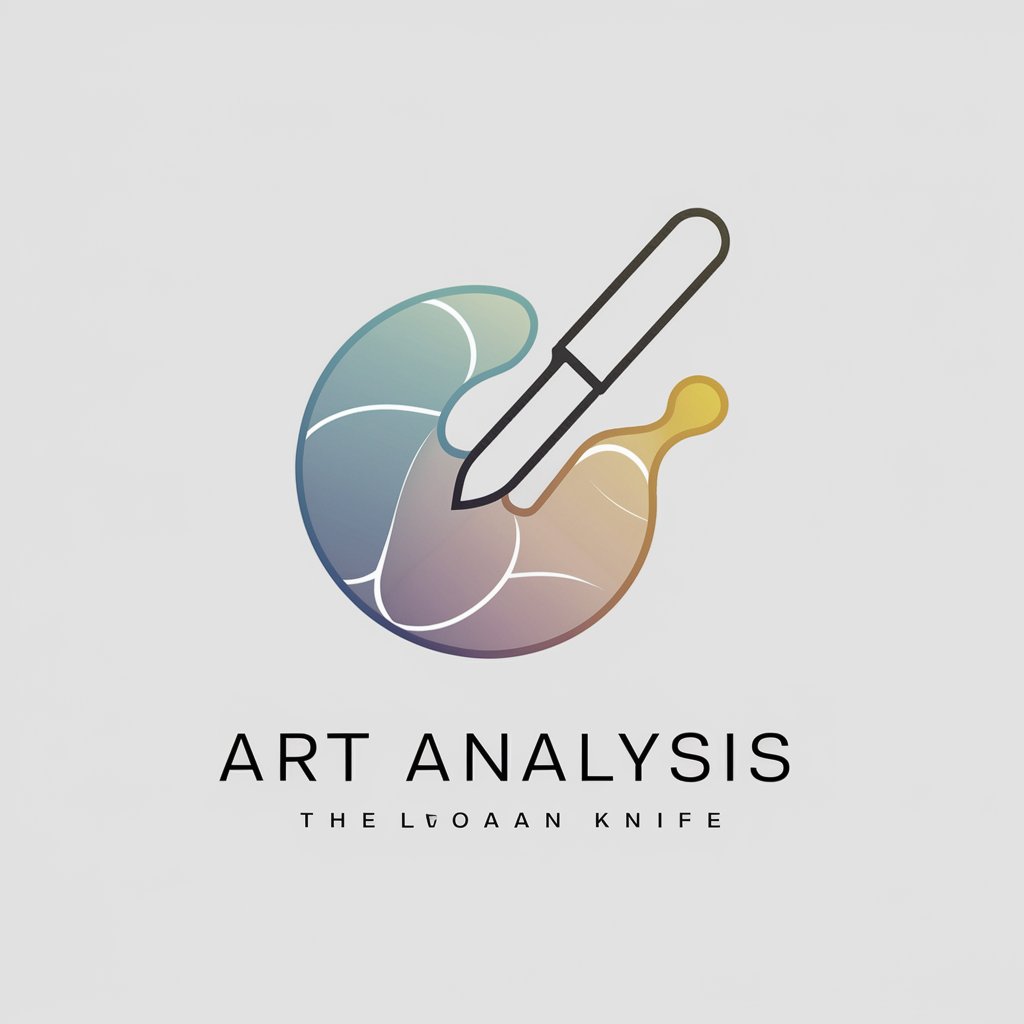
Creative Muse
Empowering Creativity with AI

👑 Data Privacy for Healthcare Providers 👑
Secure Patient Data with AI
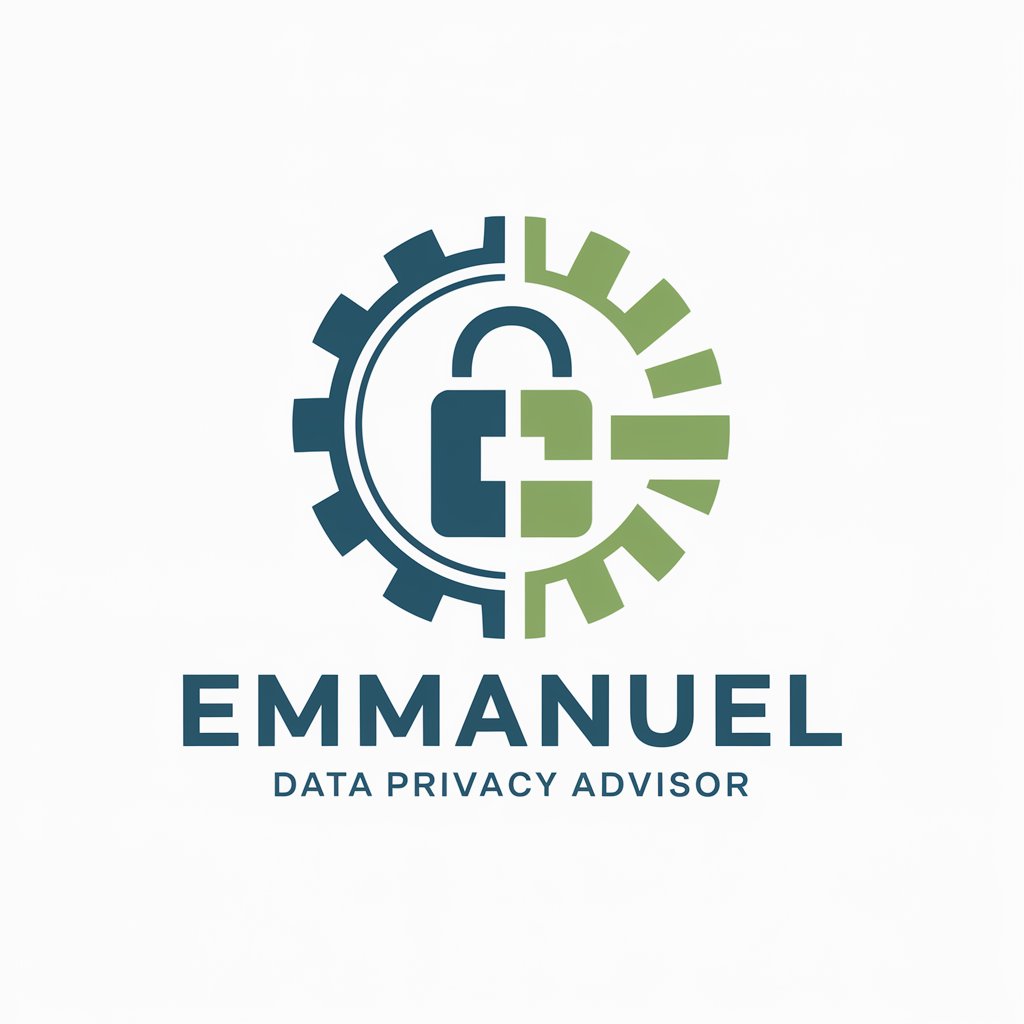
Digital Content Detection Q&A
What is Digital Content Detection?
Digital Content Detection is a sophisticated tool designed to differentiate between content created by humans and AI, using advanced algorithms to provide a confidence score on the content's origin.
Who can benefit from using Digital Content Detection?
Educators, content creators, publishers, and academic institutions can benefit from using this tool to ensure the authenticity of content and guard against plagiarism or AI-generated text.
How accurate is Digital Content Detection?
The tool boasts high accuracy in identifying the origin of content, thanks to its extensive database and sophisticated pattern recognition algorithms.
Can Digital Content Detection analyze any type of text?
Yes, it can analyze a wide range of text types, from academic papers to web content, providing versatile applications for various users.
What sets Digital Content Detection apart from other tools?
Its ability to provide a detailed analysis with a confidence score, ease of use without the need for login or subscription, and its adaptability to different types of text content.
